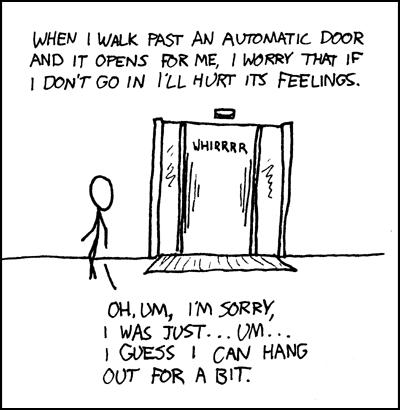Last week The Guardian art critic Jonathan Jones released a list entitled: 50 Works of Art to See Before You Die. These kind of lists are fascinating. There is a superficial desire to go through lists like these and tick of the things you have done. To see if you fit in – if you are on track. But there is also a nice thing about easy lists – they create a kind of canon which we can relate to.
Naturally there it did not take long for a collection of images to appear online – so now you don’t even have to look around you can easily browse the list.
But should lists like this be easy? I would prefer to change the focus of the list and call it 50 Works of Art to Understand Before you Die. Simply “seeing” art is not enough. Or is it? A long time ago I was at the Louvre (only a brief visit) and I was shocked at the amount of people thronging around the one piece of art which they probably had seen most in their lives (though not in real-life, whatever than means).
Most visitors stood in front of the Mona Lisa while they seemed to ignore most other works. What were they really looking at? A work of art or a great PR campaign?









